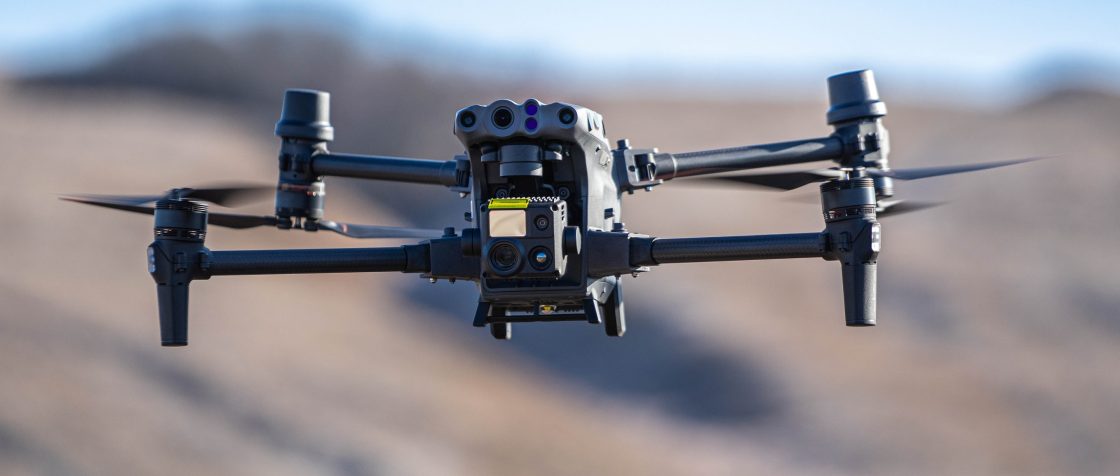
Anticipated Release Date: TBD
Unmanned Aerial Vehicles (UAVs) have proven to be a force multiplier and revolutionary tactical asset in the Russia-Ukraine war. In addition to conventional munitions, military and civilian UAVs can be equipped with chemical or biological payloads and dispersal systems. UAVs are a common delivery platform for herbicide and pesticide application in the agricultural industry and demonstrate the efficacy of this dissemination method. Previous JSTO-funded work has developed an initial prototype incident source model (ISM), the Air Vehicle RElease (AVREL) model, for inclusion in the Hazard Assessment and Prediction Capability (HPAC) tool. However, more work is required to provide a viable ISM for HPAC and to mature its architecture for the Common CBRN Modeling Framework (CCMF). This will produce a prototype transition item for DTRA Reachback, and for the JPEO Program of Record, CBRN Support to Command and Control (CSC2), as a part of NEXGEN WRAHP.
This opportunity requires membership in the Countering Weapons of Mass Destruction (CWMD) Consortium. This Consortium releases numerous opportunities throughout the year, so even if this one may not be right for you, we strongly encourage you to join the consortium, so you are ready for the next opportunity.
Complete the form below and a program representative will reach out to you shortly to support you through the process.
